Caulk or grout for perimeter of tile floor?
quandary
14 years ago
Featured Answer
Sort by:Oldest
Comments (22)
User
14 years agoquandary
14 years agoRelated Professionals
Ballenger Creek Kitchen & Bathroom Designers · Highland Kitchen & Bathroom Designers · Palmetto Estates Kitchen & Bathroom Designers · Beverly Hills Kitchen & Bathroom Remodelers · Galena Park Kitchen & Bathroom Remodelers · Glen Carbon Kitchen & Bathroom Remodelers · Richland Kitchen & Bathroom Remodelers · Joppatowne Kitchen & Bathroom Remodelers · Ridgefield Park Kitchen & Bathroom Remodelers · La Habra Interior Designers & Decorators · Cape Girardeau General Contractors · Hamilton Square General Contractors · Mentor General Contractors · Troy General Contractors · Waipahu General ContractorsBilll
14 years agohomebound
14 years agoquandary
14 years agoBilll
14 years agohomebound
14 years agoquandary
14 years agoquandary
14 years agopaintguy22
14 years agoquandary
14 years agopaintguy22
14 years agosomeone2010
14 years agoquandary
14 years agosomeone2010
14 years agopaintguy22
14 years agoquandary
14 years agosomeone2010
14 years agobrickeyee
14 years agopaintguy22
14 years agosomeone2010
14 years ago
Related Stories
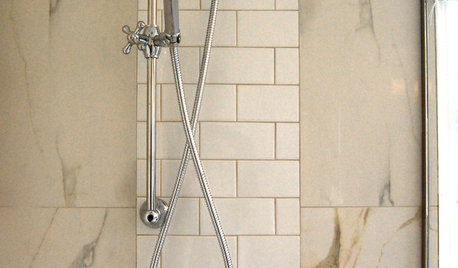
REMODELING GUIDES9 Ways Grout–Yes, Grout–Can Add to Your Design
Choose From a Palette of Grout Colors for a Warm, Unified Look
Full Story
TILEEpoxy vs. Cement Grout — What's the Difference?
Grout is grout, right? Nope. Cement and epoxy versions have different appearances, durability and rules of installation
Full Story
BATHROOM TILEQuick Fix: Repair Cracked Bathroom Grout
Banish an eyesore and safeguard your bathroom from water damage in 30 minutes or less with this DIY repair
Full Story
BATHROOM DESIGNConvert Your Tub Space Into a Shower — the Tiling and Grouting Phase
Step 3 in swapping your tub for a sleek new shower: Pick the right tile and test it out, then choose your grout color and type
Full Story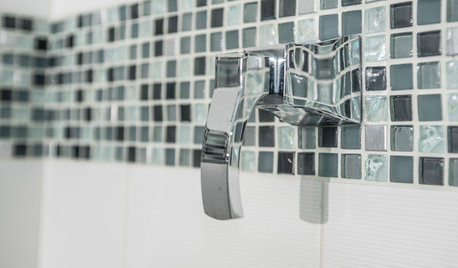
TILE3 Key Steps for Grouting That Looks Its Best
Get your grout right to keep your tile beautiful and for an installation that will last
Full Story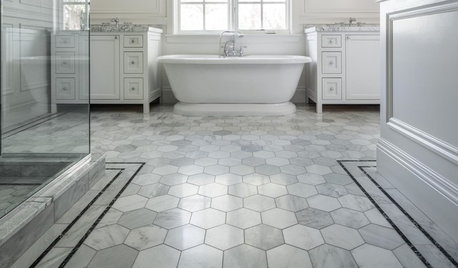
TILEWhy Bathroom Floors Need to Move
Want to prevent popped-up tiles and unsightly cracks? Get a grip on the principles of expansion and contraction
Full Story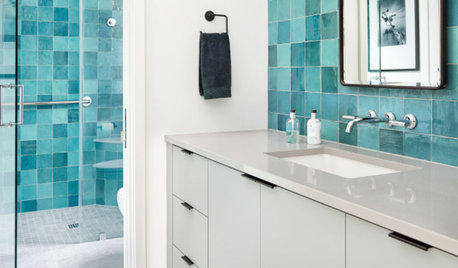
TILEPorcelain vs. Ceramic Tile: A Five-Scenario Showdown
Explore where and why one of these popular tile choices makes more sense than the other
Full Story
REMODELING GUIDESTransition Time: How to Connect Tile and Hardwood Floors
Plan ahead to prevent unsightly or unsafe transitions between floor surfaces. Here's what you need to know
Full Story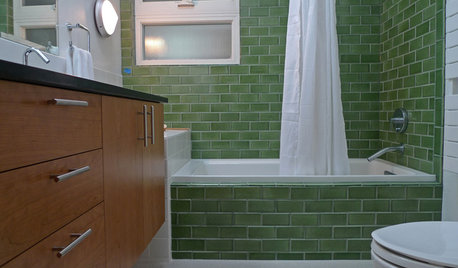
BATHROOM DESIGNBathroom Surfaces: Ceramic Tile Pros and Cons
Learn the facts on this popular material for bathroom walls and floors, including costs and maintenance needs, before you commit
Full Story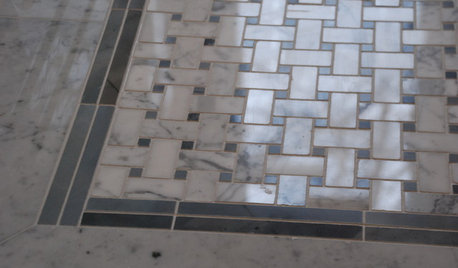
BATHROOM DESIGN'Weave' Stone Tile for an Elegant Bath
Basketweave Mosaics Add Style and Dimension to a Tile Floor
Full Story








paintguy22